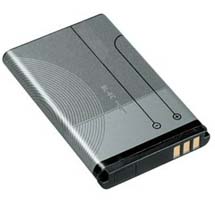Silicon-Coated Nanonets Could Lead To Better Lithium-Ion Batteries
 A group of Boston College chemists created a small scaffold-like titanium structure of nanonets covered with silicon particles, which they state could lead to quicker, lighter and durable Lithium-ion batteries.
A group of Boston College chemists created a small scaffold-like titanium structure of nanonets covered with silicon particles, which they state could lead to quicker, lighter and durable Lithium-ion batteries.
The tiny Nanonets were created in the research laboratory of Boston College Assistant Professor of Chemistry Dunwei Wang.
They provide a unique structural strength, extra surface area and better conduction that produced a charge/re-charge rate 5 to 10 times bigger than usual Lithium-ion anode material.
Besides, the Nanonets proved remarkably durable, showing a small drop-off in capability during charge and re-charge cycles.
The scientists noted an average of 0.1% capacity fade per cycle between the 20th and the 100th cycles.
"As researchers pursue the next generation of re-chargeable Lithium-ion battery technology, a premium has been placed on increased power and a greater battery life span," said Wang.
"In that context, the Nanonet device makes a giant leap toward those two goals and gives us a superior anode material," he added.
When Lithium-ion batteries get charged, the ions move from cathode back to the anode.
The arrangement and conductibility of the Nanonets bettwered the capability to insert and remove Lithium ions from the particulate Silicon coating, the research group said.
Working at a charge/discharge rate of 8,400 milliamps per gram (mA/g), the exact material capacity was higher than 1,000 milliamps-hour per gram (mA-h/g).
Additional study in his laboratory will study the performance of the Nanonet as a cathode material. (With Input from Agencies)